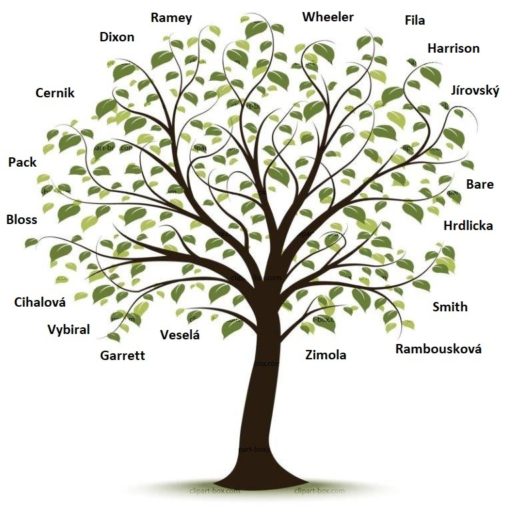Wahoo NE, 5th Street with paved streets 1920
Before the arrival of settlers, a Pawnee Indian village, containing 50 or more lodges covering a four-block area, was located in what is now the southeast part of Wahoo.
In 1869 land speculators John, James, and William Lee, H.Dorsey, E.H.Berna, J.J.Hawthorne, and George Miner, purchased this “likely spot” in the hope of developing a town.
Originally the village was called “Leesville” for its founders, but was soon renamed “Wauhoo.” It is thought that word comes from the name of a bush which grew along nearby creeks and was used by the Oto for medicinal purposes. The “u” was dropped from the spelling, probably by postal authorities when they approved an office on July 15, 1869.
It is the only town in the USA by that name.
The builders of this new town of “Wahoo,” however, had competition for their development. Another settlement located just two miles north of Wahoo, first called “Swedeburg,” and later named “Eldred,” was also vying for a piece of the action. In an attempt to lure shop owners away from Eldred, Wahoo’s proprietors offered them choice lots, feeling that if they could get businesses to relocate in Wahoo, their residents would follow.
Early in the 1870s there was a movement to relocate the county seat which at that time was in Ashland, in the far southeast corner of the county. Wahoo, near the center of the county, needed that designation to assure its survival. As the battle raged back and forth, Wahoo’s proprietors offered to give the county “half the city’s lots” if the voters approved the move to Wahoo. The men also erected a big wooden building for use as a courthouse to support their bid. In the election held October 14, 1873, Wahoo received, 617 votes; Eldred, 549; Alvin (Mead), 249; and Ashland, 214. Not waiting for confirmation on the narrow margin of victory, the county records were mysteriously spirited out of Ashland in the middle of the night and taken to new courthouse. Wahoo survived, and rival Eldred faded away.
By 1876 Wahoo had gained another advantage. The railroad arrived. Eventually three railroads found Wahoo’s location ideal for their needs, dissecting the county like a giant pie. The Union Pacific branch line from Valley to Lincoln was first. By 1886 the Chicago & North Western established a Fremont to Lincoln line through Wahoo, and the next year, the Chicago, Burlington & Quincy built a branch line connecting Schuyler and Ashland. The Union Pacific is currently the only railroad operating through Wahoo.
Railroads, financed largely by land grants, sent recruiters to Europe in an attempt to persuade people to buy its property and move to the newly opened place called Nebraska. Its “generous terms” included an initial cost of around $5 an acre and a ten-year payment period. As a result, a large number of Czech, Swede, and German immigrants came to the area.
Some of the first wave of Czech immigrants into Wahoo were our ancestors and relatives, Zimola, Simondynes and Dolezal.
Interest in beginning a Catholic parish in Wahoo can be traced back to 1877, when a local group of Catholics began planning to build a church, named after the patron of their former country, Bohemia.
Construction on the present neo-gothic church began in June of 1920 and was consecrated in September of 1923 by Bishop James Duffy of Grand Island, as the Diocese of Lincoln was without a bishop at the time. Note the cornerstone inscription, written in Czech and English.
The interior of the church has undergone a number of renovations throughout its 85-year history, most notably in the 1970s, which resulted in the removal of the old altars.






They redid the sacristy at the church. Look on the church page on FB.
https://www.facebook.com/pages/Saint-Wenceslaus-Catholic-Church/139707202733730